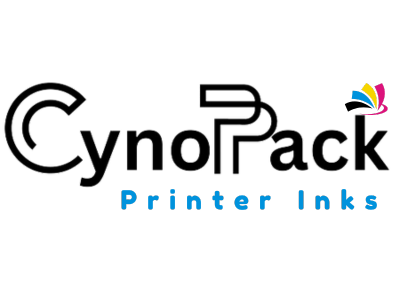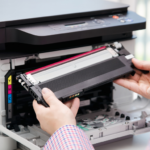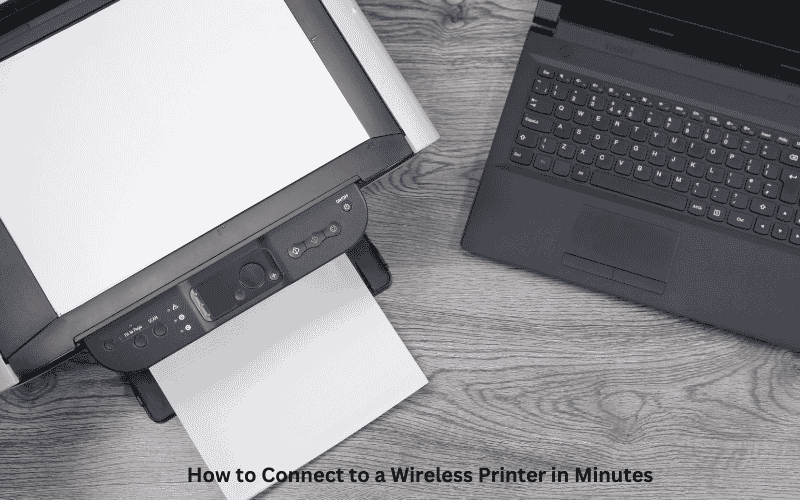How to Connect to a Wireless Printer has become one of the most common questions for home and office users today. Wireless printers are now a staple in modern households and workplaces, offering a seamless way to print documents, photos, and more without the hassle of cables. Whether you need to print from your phone while lounging in the living room or send a document to the printer from your desktop upstairs, wireless printers make life easier. But for many, setting up a wireless printer can feel daunting. In this comprehensive guide, we’ll show you how to connect your printer to your Wi-Fi network and troubleshoot any issues that may arise.
Why Is My Wireless Printer Not Connecting?
Before diving into the setup process, it’s important to understand common reasons why your printer might struggle to connect to your computer or network. Addressing these early on can prevent frustration down the line.
Common Issues with Wireless Printer Connections:
- Out of Wi-Fi Range: Make sure your printer is within reach of your router’s Wi-Fi signal. Wireless printers placed too far away can have difficulty connecting.
- Different Networks: Ensure that both your computer and the printer are connected to the same Wi-Fi network. Many users overlook this detail, causing connection failures.
- Incorrect Setup: The printer may not be correctly configured for Wi-Fi, meaning you might need to re-enter the network’s name (SSID) and password.
Tips for Troubleshooting Printer Connectivity:
- Relocate the Printer: If your printer is too far from the Wi-Fi router, consider moving it to a central location.
- Check Wi-Fi Credentials: Make sure you’ve entered the correct Wi-Fi name and password on your printer’s setup screen.
- Restart Both Devices: Rebooting both your computer and printer can resolve a variety of minor connectivity issues.
Step-by-Step Guide to Connect Your Wireless Printer to Wi-Fi
Connecting a wireless printer to your Wi-Fi network is a straightforward process, but it may vary slightly depending on the brand and model. Below is a general set of instructions to guide you through the process.
How to Connect a Wireless Printer to Wi-Fi:
| Step | Instructions |
|---|---|
| 1. Power Up the Printer | Ensure the printer is switched on and ready to connect. |
| 2. Access Wi-Fi Setup | Use the control panel on the printer to navigate to the Wi-Fi Settings or Network Setup section. |
| 3. Select Your Wi-Fi Network | Your printer will display a list of available networks. Select your home or office network (ensure it matches your router’s SSID). |
| 4. Enter Wi-Fi Password | If required, enter your Wi-Fi password carefully. Make sure to use the correct upper and lower case letters. |
| 5. Confirm Connection | Once connected, your printer should confirm that it’s successfully joined the Wi-Fi network, often indicated by a green light or message on the display. |
Tips for a Smooth Wi-Fi Printer Setup:
- Use WPS (Wi-Fi Protected Setup): If both your printer and router support WPS, press the WPS button on both devices to establish a quick connection.
- Printer Firmware Updates: Keeping your printer’s firmware up to date can improve compatibility with your router and resolve common issues.
Two Ways to Connect a Printer Wirelessly
There are two primary methods to wirelessly connect a printer: through Wi-Fi or Bluetooth. Each method has its benefits, and choosing the right one depends on your printer’s features and your needs.
1. Connecting via Wi-Fi
Most modern printers connect via Wi-Fi, allowing you to print from any device on the same network, including laptops, desktops, smartphones, and tablets. This is ideal for homes and offices where multiple devices need access to the printer.
- Advantages:
- Allows for multi-device printing.
- Works over long distances (as long as the devices are on the same Wi-Fi network).
- Provides a stable connection.
2. Connecting via Bluetooth
While less common than Wi-Fi, Bluetooth printing is useful for mobile devices like smartphones and tablets. It provides a direct, wireless connection between your printer and device without the need for a shared network.
- Advantages:
- No need for a Wi-Fi connection.
- Ideal for quick, localised printing.
- Easy to set up for one-off prints from mobile devices.
How to Get Your Computer to Recognise Your Printer
Once you’ve connected your wireless printer to the Wi-Fi network, the next step is getting your computer to recognise it. This usually requires installing the correct printer driver software, which ensures your computer can communicate with the printer effectively.
Installing Printer Drivers:
- Use the Installation Disc: If your printer came with a CD/DVD, insert it into your computer and follow the installation instructions.
- Download from the Manufacturer’s Website: If you don’t have the disc, visit the printer manufacturer’s website and download the driver for your specific model.
- Automatic Driver Installation: Many modern operating systems, including Windows 10 and macOS, can automatically detect and install the required drivers when you connect to a wireless printer.
Tips:
- Stay Updated: Regularly check for driver updates on the manufacturer’s website, as they can fix bugs or improve connectivity.
Do You Need Internet to Use a Wireless Printer?
Many people assume a wireless printer requires an active internet connection, but that’s not the case. You only need your printer and devices to be on the same Wi-Fi network. However, if you’re looking to print remotely or use features like cloud printing, an internet connection becomes necessary.
Using Cloud Printing:
Cloud printing allows you to send print jobs from anywhere in the world as long as your printer is connected to the internet. Services like Google Cloud Print (discontinued but with alternatives) or manufacturer-specific cloud solutions enable this functionality, offering ultimate flexibility for remote printing.
How to Print from Your Smartphone or Tablet
Printing from a mobile device is now easier than ever, whether you’re using an iPhone, iPad, or an Android smartphone. Follow these steps to get started with wireless mobile printing.
How to Print from an iPhone or iPad:
- Download Printer App: Check your printer manufacturer’s app on the App Store (e.g., HP Smart, Canon PRINT).
- Connect to Wi-Fi: Ensure your phone and printer are connected to the same Wi-Fi network.
- Select Document: Open the document, photo, or email you wish to print.
- Choose Printer: Tap the share or print option and select your wireless printer from the list.
- Print: Send the document to the printer with a simple tap.
How to Print from an Android Device:
- Install Printer App: Download the relevant app for your printer from the Google Play Store.
- Connect to the Same Wi-Fi: Make sure both your Android device and printer are on the same network.
- Print: Open the app, select your document, and print.
Troubleshooting Common Wireless Printer Issues
Even with a well-established connection, wireless printers can encounter issues from time to time. Here’s a look at some common problems and how to fix them.
Typical Wireless Printer Issues:
- Printer Not Found: If your computer can’t detect the printer, verify that both devices are connected to the same Wi-Fi network. Restart the router, printer, and computer if necessary.
- Slow Printing: This could be due to poor Wi-Fi signal strength. Consider moving the printer closer to the router or reducing the number of devices using the network.
- Stuck Print Jobs: If a print job is stuck in the queue, try clearing the queue and restarting both the printer and the computer.
Tips for Fixing Wireless Printer Issues:
- Reset Network Settings: If all else fails, reset your printer’s network settings and start the setup process from scratch.
Conclusion
Setting up a wireless printer might seem challenging, but following these clear, step-by-step instructions can make the process smooth and stress-free. Whether you’re using Wi-Fi or Bluetooth, printing from a mobile device, or dealing with common troubleshooting issues, wireless printers offer flexibility and convenience that’s hard to beat. Ensure your printer is connected, and enjoy the freedom of printing from anywhere in your home or office.
Thank you for reading this post! This article was written by a team of ink experts at Cynopack, a Scotland-based company specializing in compatible ink and toner. With over 15 years of experience in the printing industry, we are dedicated to helping you save money on ink without compromising quality. If you found this content helpful, we’d appreciate your support by visiting our Cynopack shop for all your printing needs. Thank you for supporting us!
FAQs
Why is my wireless printer not connecting to Wi-Fi?
A wireless printer may fail to connect due to being out of Wi-Fi range, incorrect network credentials, or mismatched networks. Restarting the printer and router often resolves the issue.
Can I use a wireless printer without the internet?
Yes. A wireless printer only requires a Wi-Fi network connection between the printer and your device. Internet is only needed for cloud printing or remote access.
How do I add a wireless printer to my computer?
Go to your computer’s settings, select “Printers & Scanners,” click “Add Printer,” and choose your wireless printer from the available devices. Install drivers if prompted.
Is Bluetooth printing better than Wi-Fi printing?
Bluetooth is ideal for quick, localised printing from mobile devices, but Wi-Fi is better for multi-device access, longer range, and stable performance in home or office setups.
Do I need special software to use a wireless printer?
Yes, most printers require drivers or apps from the manufacturer to function properly. You can usually download these directly from the printer brand’s official website.








